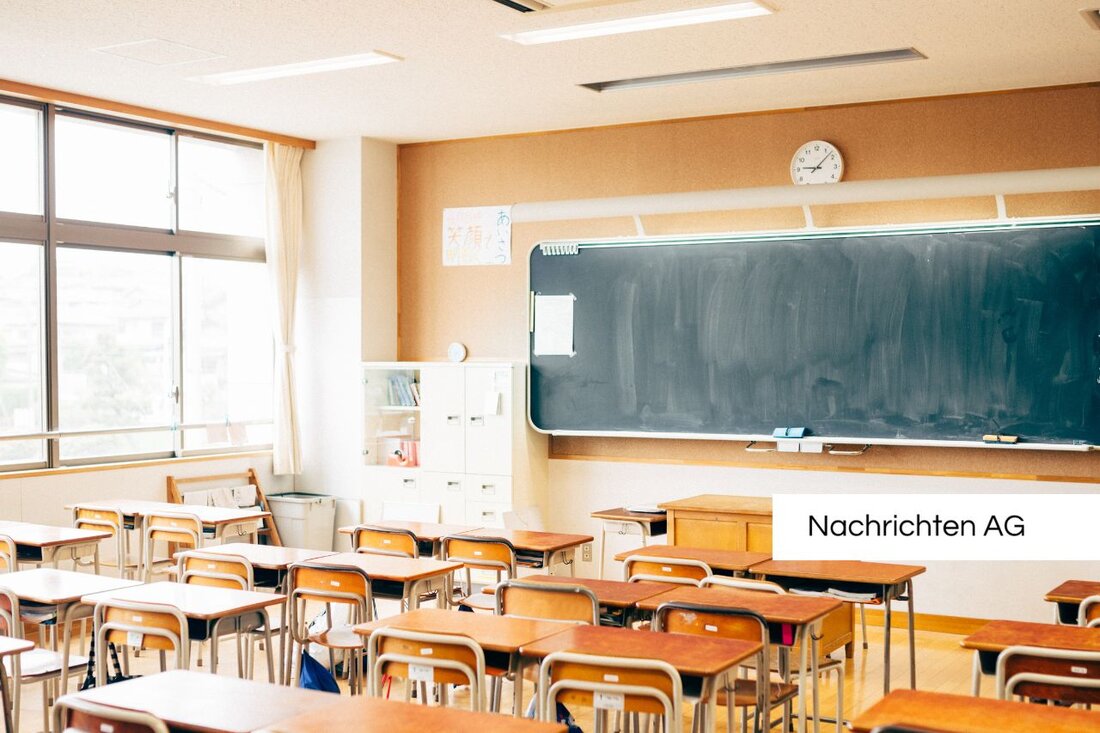Leipzig artist Frank Ruddigkeit died at the age of 85
Leipzig artist Frank Ruddigkeit died at the age of 85
Frank Ruddigkeit, an outstanding artist of the Leipzig School, died at the age of 85. This was confirmed by his family to MDR culture. Ruddness leaves a significant legacy in Leipzig's art scene, where he became known as a draftsman, a sculptor and painter. In particular, his Marx relief, which was attached to the former Rectorate building of the University of Leipzig in October 1974, is a striking testimony of his work and his time.
ruddity was born in Grenzberg in 1939, in the then East Prussian district of Elchniederung. His childhood was shaped by the turmoil of the Second World War, which ended with an almost four -year escape from East Prussia. After escaping, he temporarily lived on a Russian estate where he worked agriculture and made some money with singing. In 1948 the family found a new home in Engelsdorf near Leipzig.
artistic development and influence
His artistic training began ruddness at the University of Graphics and Book Art in Leipzig, where he studied painting and graphics from 1956 to 1962. He belonged to the second generation of artists who were trained at this renowned institution and never felt committed to a certain artistic school. As early as 1965, ruddness presented his work at the 7th Leipzig art exhibition and quickly made a name for himself.
The Karl-Marx-Relief, which ruddness and Klaus Schwabe and Rolf Kuhrt designed, is considered his most famous work. This relief not only adorns the main building of the University of Leipzig, but is also a symbol of the time when it was created. After the fall of the Berlin Wall, however, Ruddigkeit was exposed to allegations of being perceived as a GDR state artist. The critical reflection of society, a typical feature of the Leipzig school, became clear in his work.
leave a legacy
Frank Ruddigkeit leaves many artistic traces in Leipzig. His other works include the image frieze on the history of the Leipzig marketplace at the entrance to the City Tunnel, the plastic leporello "market stories" and the tempera wall picture "Music and Time" in the Gewandhaus. These works show not only his creative talent, but also his contribution to the aesthetic design of public spaces.
The Leipzig School, which was among the ruddness, has gained international importance in recent years. In the 1960s, this art movement was created, which was characterized by a figurative style and tackled social issues. These artists deal with the great traditions of art history and questioned the social environment through subtle system criticism. Well -known representatives such as Bernard Heisig, Wolfgang Mattheuer and Werner Tübke shaped this movement and also influenced creativity. The so -called new Leipzig school gained a reputation after reunification, with Neo Rauch considered the most prominent representative today.
In a solo exhibition that took place in the Museum of Fine Arts in Leipzig in 2020, art historian Fabian Müller-Nittel paid tribute to the life's work of Ruddigkeit and emphasized the importance of his diaries in which he recorded his artistic reflections. His death also makes it clear how much his art and his work have touched Leipzier and beyond.
Frank Ruddigkeit will be remembered not only as a talented artist in Leipzig, but also as an important teacher who worked at the Giebichenstein University of Art for 30 years.
| Details | |
|---|---|
| Ort | Leipzig, Deutschland |
| Quellen | |


Kommentare (0)